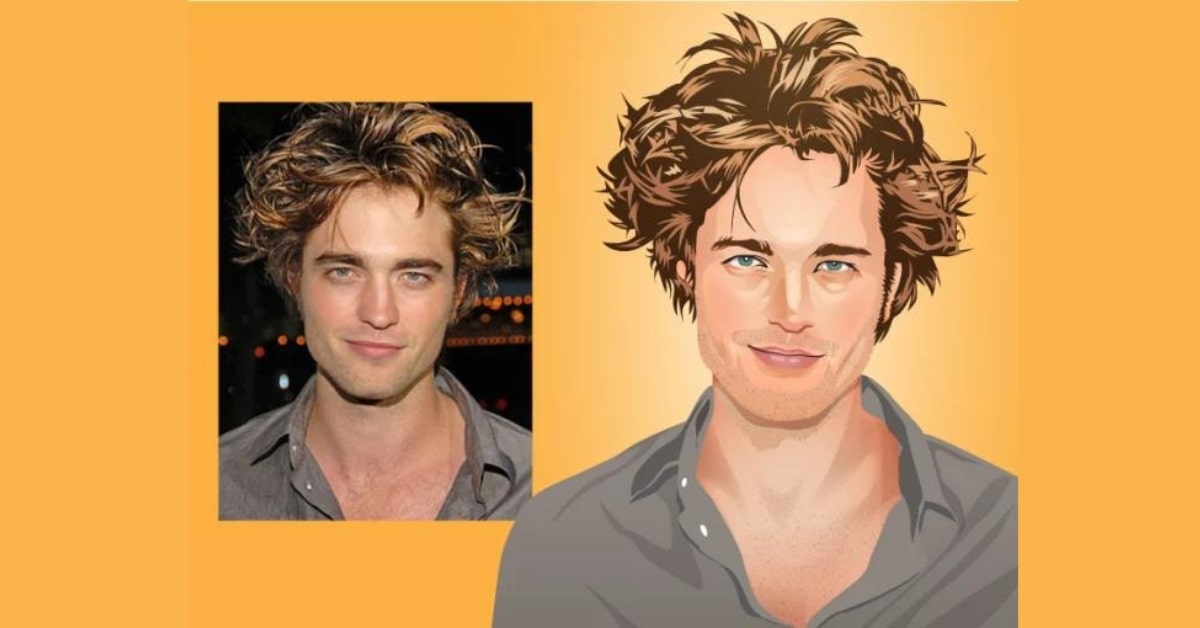In the realm of digital artistry, the creation of captivating portraits has taken on new dimensions with the advent of vector portrait converters. These innovative tools breathe life into ordinary photographs, transforming them into stunning, scalable, and artistic vector portraits. In this article, we’ll delve into the world of vector portrait converters, exploring their functionality, benefits, applications, and how they revolutionize the art of portraiture in the digital sphere.
Understanding Vector Portrait Converters
Vector converters are software or tools that utilize vector graphics to convert raster images, typically photographs, into scalable vector portraits. Unlike traditional raster images composed of pixels, vector images use mathematical equations to define shapes, lines, and colors, allowing for infinite scalability without loss of quality.
Key Features of Vector Portrait Converters
- Scalability: Vector portraits created by these converters can be resized infinitely without losing quality, making them ideal for various applications, from small web images to large prints.
- Smooth Edges and Detail: The vectorization process results in smooth edges and crisp details, capturing the essence of the original photo while adding an artistic touch.
- Customization Options: Users often have options to adjust settings such as color schemes, line thickness, and level of detail, allowing for personalized and unique vector portraits.
- Versatility in Output Formats: Vector portrait converters can output images in various formats, including SVG (Scalable Vector Graphics), EPS (Encapsulated PostScript), or AI (Adobe Illustrator), ensuring compatibility with different design software and platforms.
Applications of Vector Portrait Converters
- Artistic Creations: Artists and designers use vector portrait converters to create stylized, artistic portraits for personal or commercial purposes, exploring different visual styles.
- Personalized Gifts: Vector portraits make for unique and personalized gifts, allowing individuals to immortalize memories in a creative and artistic form.
- Brand Marketing: Businesses leverage vector portraits in branding materials, creating visually appealing assets for marketing campaigns, logos, and promotional materials.
- Digital and Print Media: Vector portraits find applications in both digital media, such as websites and social media, and print media, including posters, merchandise, and publications.
FAQs
Can any photograph be converted into a vector portrait?
While most photographs can be converted, the quality of the original image can affect the final result. High-resolution and clear images generally yield better vector portraits.
Are vector portrait converters easy to use for beginners?
Many converters offer user-friendly interfaces with intuitive controls, making them accessible for beginners. However, mastering detailed customization may require practice and familiarity.
Can I edit the vector portrait after conversion?
Yes, vector portraits are typically editable using vector graphics software like Adobe Illustrator, allowing for further customization and adjustments.
What is the difference between raster and vector images?
Raster images are composed of pixels and can lose quality when resized, while vector images are based on mathematical formulas and can be scaled infinitely without loss of quality.
Conclusion
Vector portrait converters stand as powerful tools in the realm of digital artistry, offering a gateway to transform ordinary photographs into stunning, scalable, and versatile vector portraits. Whether for artistic endeavors, personal mementos, or professional branding, these converters empower users to explore new dimensions of visual expression. Embrace the transformative capabilities of vector portrait converters to elevate your portraits and infuse them with artistic flair.
This page was last edited on 27 February 2024, at 12:26 pm
